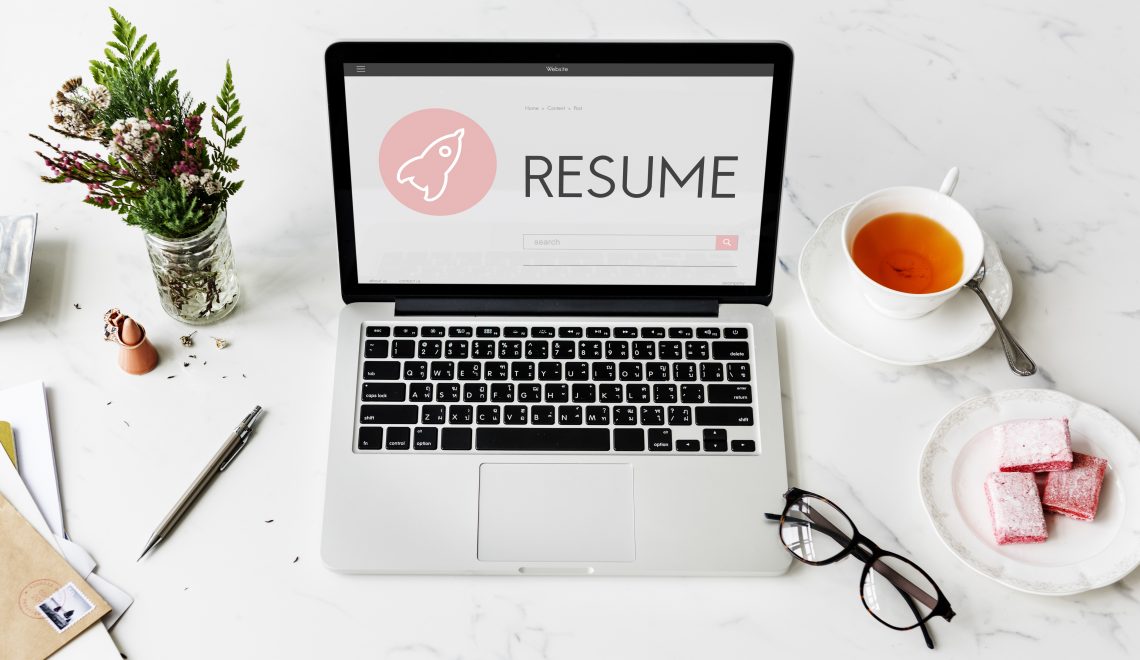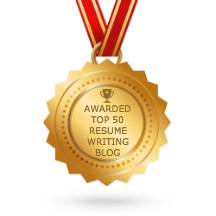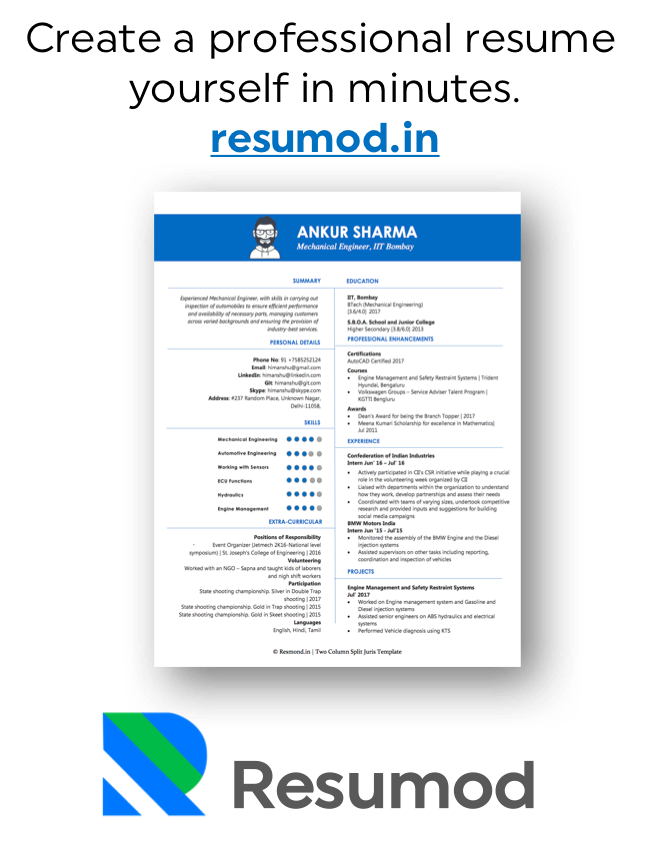Finding a job can be overwhelming for anyone. But if you are a person with a disability, the process may come with added layers – questions about accessibility, uncertainty around disclosing your disability, and the pressure to prove your worth in a world that sometimes focuses more on limitations than possibilities.
But the reality is your disability does not define your potential.
According to the International Labour Organization (ILO), persons with disabilities make up around 15% of the world’s population, yet they face significantly lower employment rates than those without disabilities. That does not mean the opportunities are not out there – it just means we need to prepare differently, and sometimes more strategically.
This guide is designed to help you create a resume that works for you and approach the job market with clarity, confidence, and purpose.
Start with What You Bring to the Table
Before diving into resume formats or job search tips, take a moment to reflect on your strengths. You are not just applying for a job – you are offering your skills, your perspective, and your ability to solve problems.
Think about:
- What are you good at?
- What do people often come to you for?
- What have you learned through education, volunteering, hobbies, or daily life?
Your resume should reflect the value you offer, not just the tasks you have done.
Pick the Resume Format That Fits Your Story
There’s no one-size-fits-all when it comes to resumes. The goal is to choose a format that highlights your strengths and reduces gaps or unclear timelines.
Here are two formats that can work well:
- Functional Resume: Focuses on your skills and achievements, rather than listing jobs in chronological order. Great if you have had long breaks or informal work experience.
- Hybrid Resume: Combines both skills and work experience. A good choice if you have some formal experience but still want to lead with your strengths.
Whichever format you choose, make sure it is easy to read, clean in design, and free from unnecessary graphics or complex templates that confuse applicant tracking systems (ATS).
Showcase Skills and Achievements, Not Just Job Titles
Many people with disabilities gain skills in non-traditional ways. Maybe you have volunteered, helped run a family business, taken online courses, or participated in community events.
Highlight these experiences. Use bullet points to show:
- What you did
- How you did it
- What result it led to
For example:
- Designed flyers and social media posts for a local NGO, helping increase event attendance by 40%
- Provided peer mentoring to college students, leading to improved engagement and retention
Real impact always stands out.
Addressing Gaps or Disability on the Resume (If You Choose To)
It is up to you whether you want to disclose your disability during the job application process. Legally, employers cannot discriminate based on disability, and in many countries, they are required to provide reasonable accommodation.
If you do want to mention it on your resume, frame it in a way that shows resilience, adaptability, and growth.
Example: ‘Managed personal health challenges while pursuing part-time education and developing independent projects in digital design.’
If you prefer not to mention it, that is completely okay too. Focus on what you bring to the role.
Add a Strong Summary Section
The top section of your resume should be a summary – 2 to 3 lines that give a clear picture of who you are and what you do best.
Example: ‘Detail-oriented data entry specialist with experience in maintaining large databases, excellent typing accuracy, and a strong track record of meeting tight deadlines.’
This sets the tone and gives hiring managers a reason to keep reading.
Use Inclusive Job Platforms and Support Networks
Some companies specifically seek to hire people with disabilities and have inclusive policies in place. Platforms like:
- EnAble India
- DisabilityIN
- Inclov
- Even mainstream sites like LinkedIn and Indeed offer filters for remote and disability-friendly jobs
Also, reach out to career counsellors, support groups, or non-profit organizations that offer resume support and job placement services.
Prepare a Simple, Confident Cover Letter
Your cover letter is a chance to tell your story. Keep it short 1 page or less and speak directly to the role.
Talk about:
- Why you are interested in the job
- What you bring to the table
- Why you believe you are a great fit
Avoid over-explaining or apologizing for anything. Be honest and positive.
Practice for Interviews – With or Without Disclosure
Once your resume gets noticed, the next step is the interview. Prepare by:
- Practicing answers to common interview questions
- Being ready to talk about your strengths, not just your background
- If needed, requesting accommodations in advance (such as accessible venues, assistive technology, or extended time)
And if you choose to share your disability during the interview, explain it in a way that shows how you manage it and still deliver results.
Know Your Rights and Resources
Many countries have laws like the Rights of Persons with Disabilities Act (India) or the Americans with Disabilities Act (USA), which protect you from discrimination and provide guidelines for fair hiring.
If you feel you have been unfairly treated during your job search, reach out to a local disability rights organization or legal advisor.
Your Story Is Valid and Valuable
You do not need to hide your journey to be seen as ‘employable’. You just need to present it clearly, with purpose and pride.
Remember – your resume is not just a list of jobs. It reflects who you are, how far you have come, and what you can bring to a new team.
The world of work is changing. More companies are realizing that diverse teams are stronger teams. And your voice, experience, and contributions matter.
Start where you are. Use what you have. And believe in what you are building.
You belong in the workplace. Now let us make sure your resume shows it.
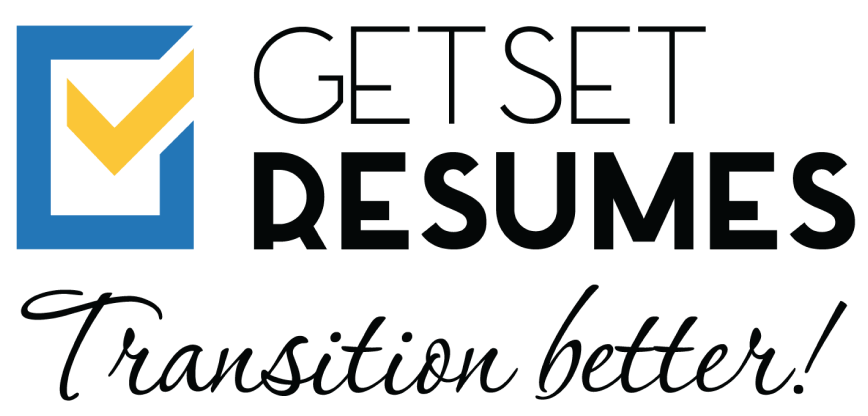
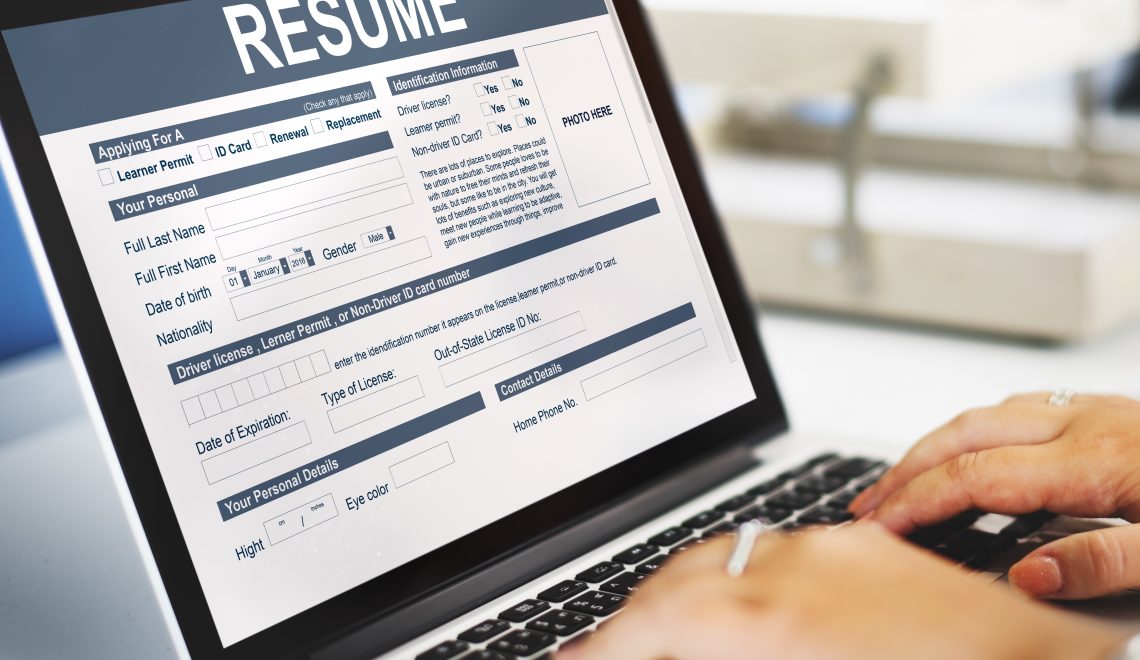
![Master Your Self Introduction: Tips for Senior Leadership Interviews [2025 Guide]](https://www.getsetresumes.com/blog/wp-content/uploads/2025/10/business-consultant-working-with-client-1140x660.jpg)
